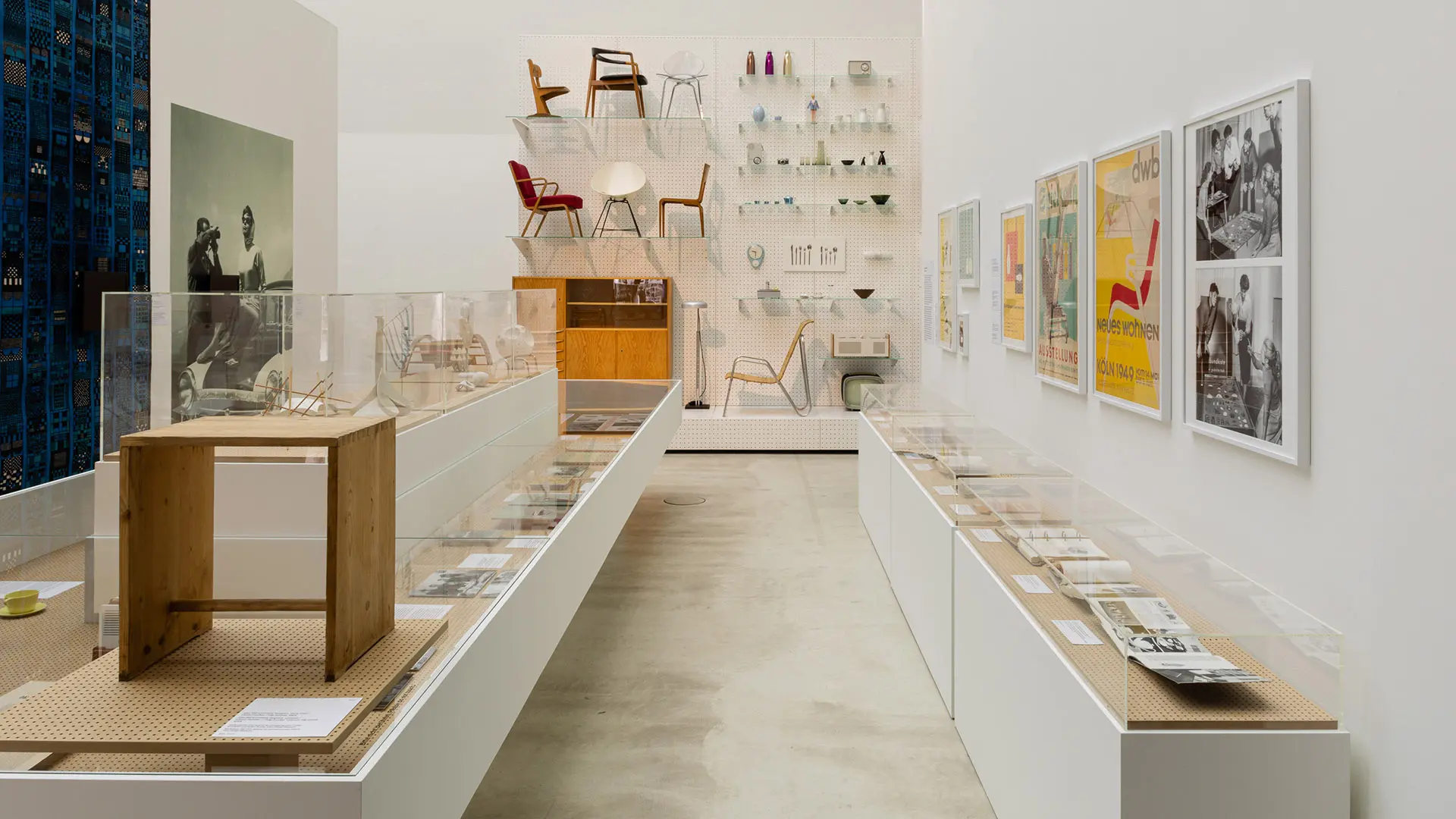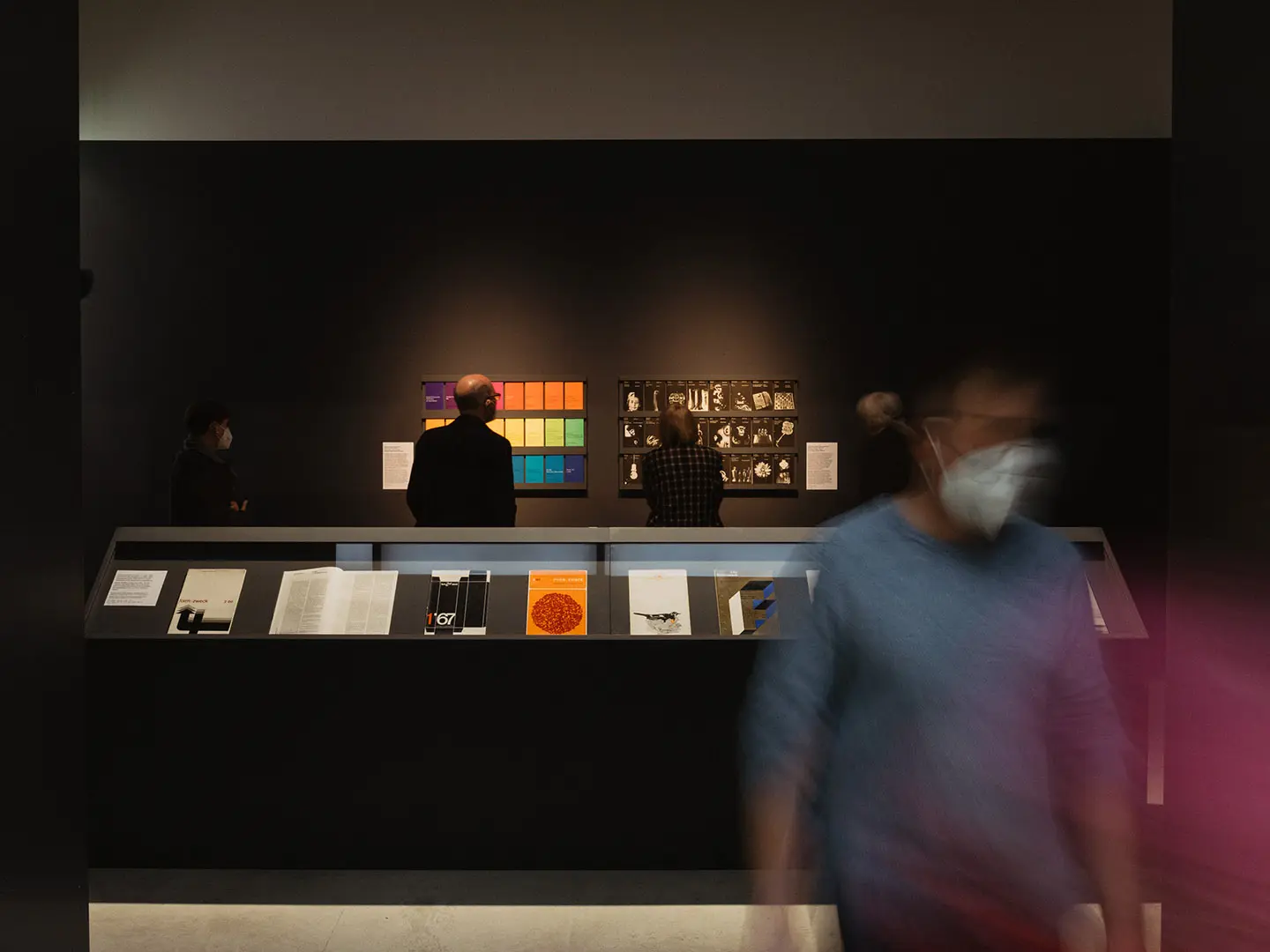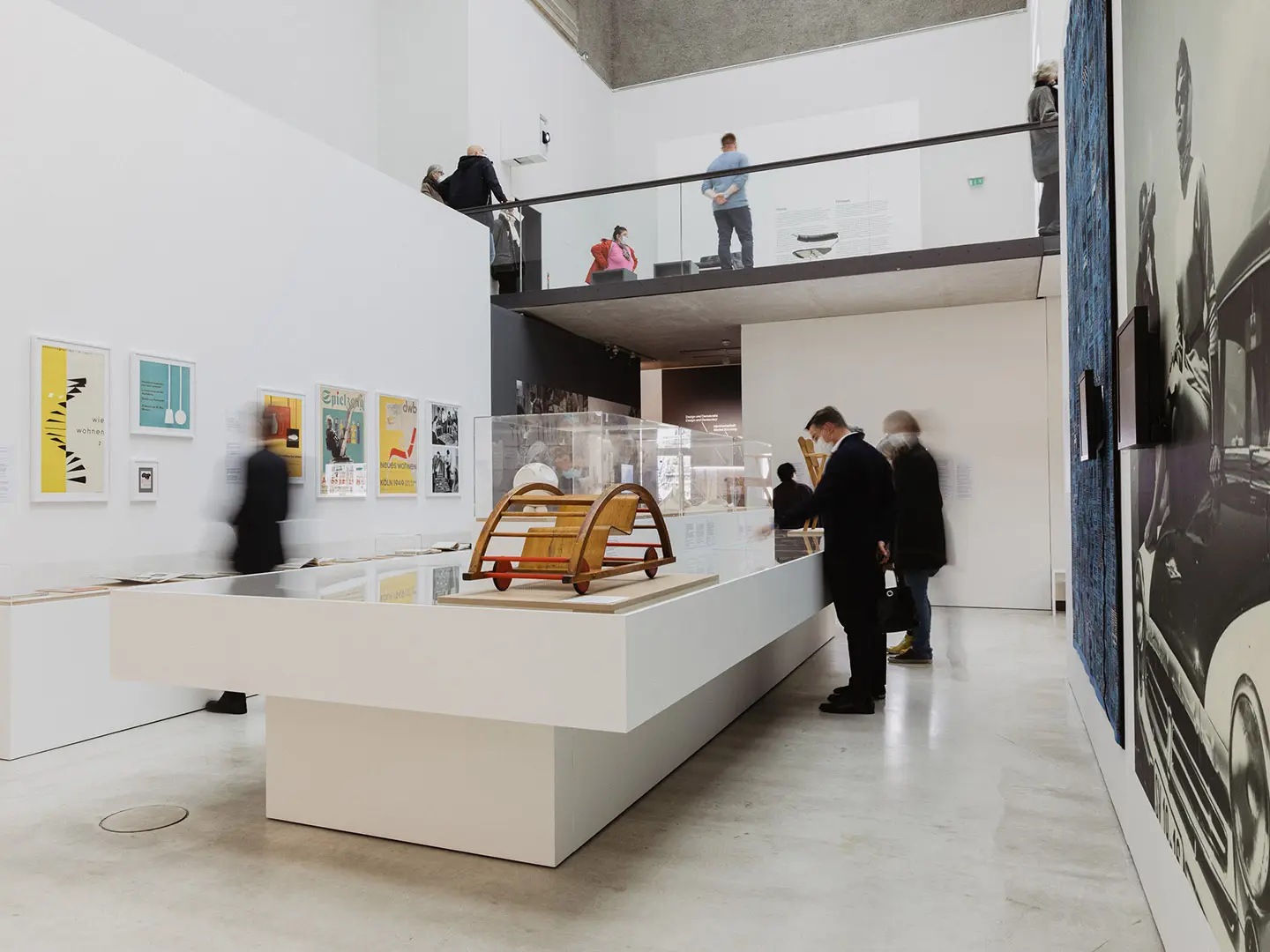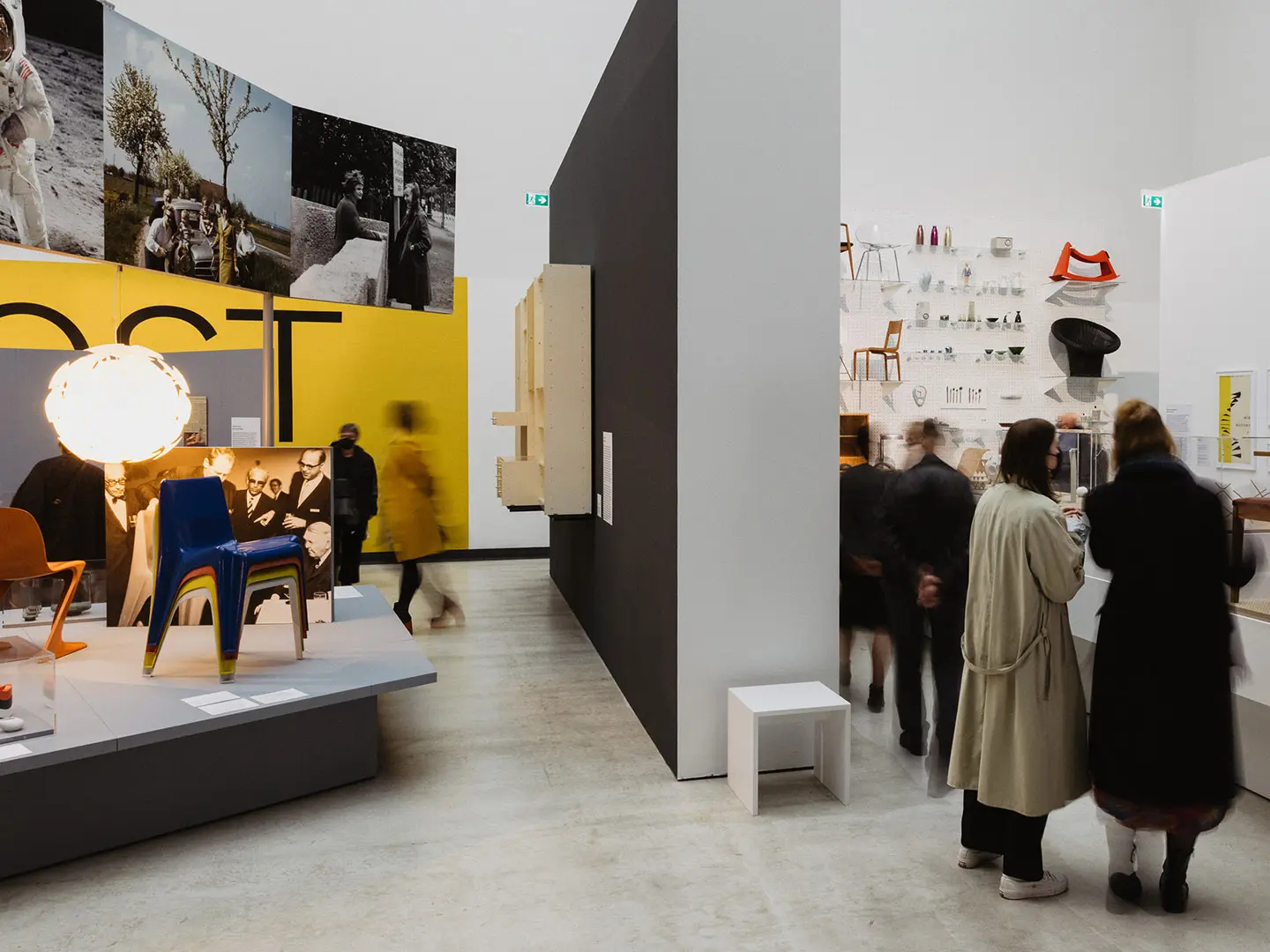From BIG to David Chipperfield, Frank Gehry to Snøhetta: a world tour of the best buildings set to open in 2026
Two Countries, One History: German design during the Cold War

Deutsches Design, 1949-1989 © SKD, Photo Iona Dutz
An exhibition illustrating the value of design under the different political, social and material conditions of post-War Germany up to the fall of the Berlin Wall.
After a successful run at the Vitra Design Museum, the exhibition German Design 1949–1989. Two Countries, One History, has now moved to the Kunstgewerbemuseum at the Staatliche Kunstsammlungen Dresden, until 20th February. The exhibition is the very first of its kind, showcasing design from both parts of Germany produced during the Cold War, narrated as a single story. The general, most simplistic perception was that there was no better design (West Germany) and no worse (East Germany). In this exhibition, it has all converged to make up a single overview. German design was put on the map during the 1920s, by the Werkbund association and the Bauhaus school. After Germany was split into East and West, German designers found themselves on two different sides, yet keen to reconstruct and redeem their country. In West Germany, design became the driver of the economic miracle, while in East Germany it became absorbed into the socialist command economy.

Deutsches Design © SKD, Photo: Iona Dutz
German Design 1949–1989. Two Countries, One History is a comparative exhibition, an anthology of 390 objects selected from archives, museums and institutes throughout the national territory. Looked at with a careful and analytical eye, be they products of the capitalist or the socialist regimes, furnishings, lamps, accessories, small household appliances, toys, graphic art, textiles, jewellery, clothing, motorbikes or cars, such as the Porsche or the iconic Trabant, they all reveal their deep common roots, deriving from the above-mentioned Werkbund and Bauhaus training “schools.” The parallels and cross-references between East and West are obvious, even down to the dissemination of the same pieces on either side of the Wall. One such example is the futuristic Egg chair by the Hungarian designer Peter Ghyczy, made in East Germany in 1968, which was greatly popular and therefore also to be found in homes in the Federal Republic of Germany. These were boom years for design, with both countries producing “spatial” looking products and informed by the love of pop culture. Also common to both countries was the faith in design as an instrument for shaping not just the reconstruction, but also the fascination with ideology and the ensuing economic model.

Deutsches Design © SKD, Photo: Iona Dutz
Arranged chronologically, the first section of the exhibition (1949-1960) analyses the role of design in both Germanies as a political propaganda and national identity-forming tool, through the design of symbols, currency, identity documents and even road crossing signals. During this period, there was still no clear division – the Berlin Wall was built on 13th August 1961 – and many objects were put together the same way on either side. Responding to citizens’ demand through industrial production, both had the culture of progressive products and modern construction in common, as well as their belief in the concept of modernity. Both countries also saw the opening or reopening of many design institutes and schools and sectoral companies. Some of the latter even had premises on both sides of the Wall.
The building of the Berlin Wall in 1961 signalled a sea change in the story of German-German design and, in turn, a new chapter in the exhibition (1961-1972). Design became the backdrop against which the two political systems were pitted against each other. There were two different visions of society. The consumerist GFR made design into a status symbol, while the GDR strove to produce low-cost products that were more widely affordable. The large-scale residential housing programmes accelerated creativity in both countries, in pursuit of new furnishing ideas, and design became the perfect instrument for both countries to project a modern and open image.

Deutsches Design © SKD, Photo: Iona Dutz
Then came the crisis, the protests and the alternatives (1973-1989). With the arrival of Erich Honecker as First Secretary of the GDR in 1971 and the decline of the country’s economic power, along with the large companies’ switch to export, many designers reinvented their careers by adopting more craftsmanlike solutions, eschewing mass production. In the GFR too, the 1973 oil crisis proved determining for industrial design, which began to look at alternative solutions, also more craft-orientated, artistic and experimental.
The hundreds of pieces on exhibit include famous ones such as the Karl Clauss Dietel’s iconic Simson S50 motorbike (1975), which introduced the so-called “open principle,” in which each structural element is clearly recognisable and easily replaced, and Dieter Rams’ radio-phonograph (1956), nicknamed “Snow White’s Coffin” on account of its transparent lid, along with rare pieces such as Luigi Colani’s sculptural Poly-COR loop chair, produced for the German COR company (1968) and Renate Müller’s therapeutic toys.
Two countries and one history: shared, built on clashes and disagreements, but also on interconnections and synergies.
German Design 1949–1989. Two Countries, One History
Runs until 20th February 2022
Staatliche Kunstsammlungen Dresden (Kunstgewerbemuseum)


 Salone Selection
Salone Selection








